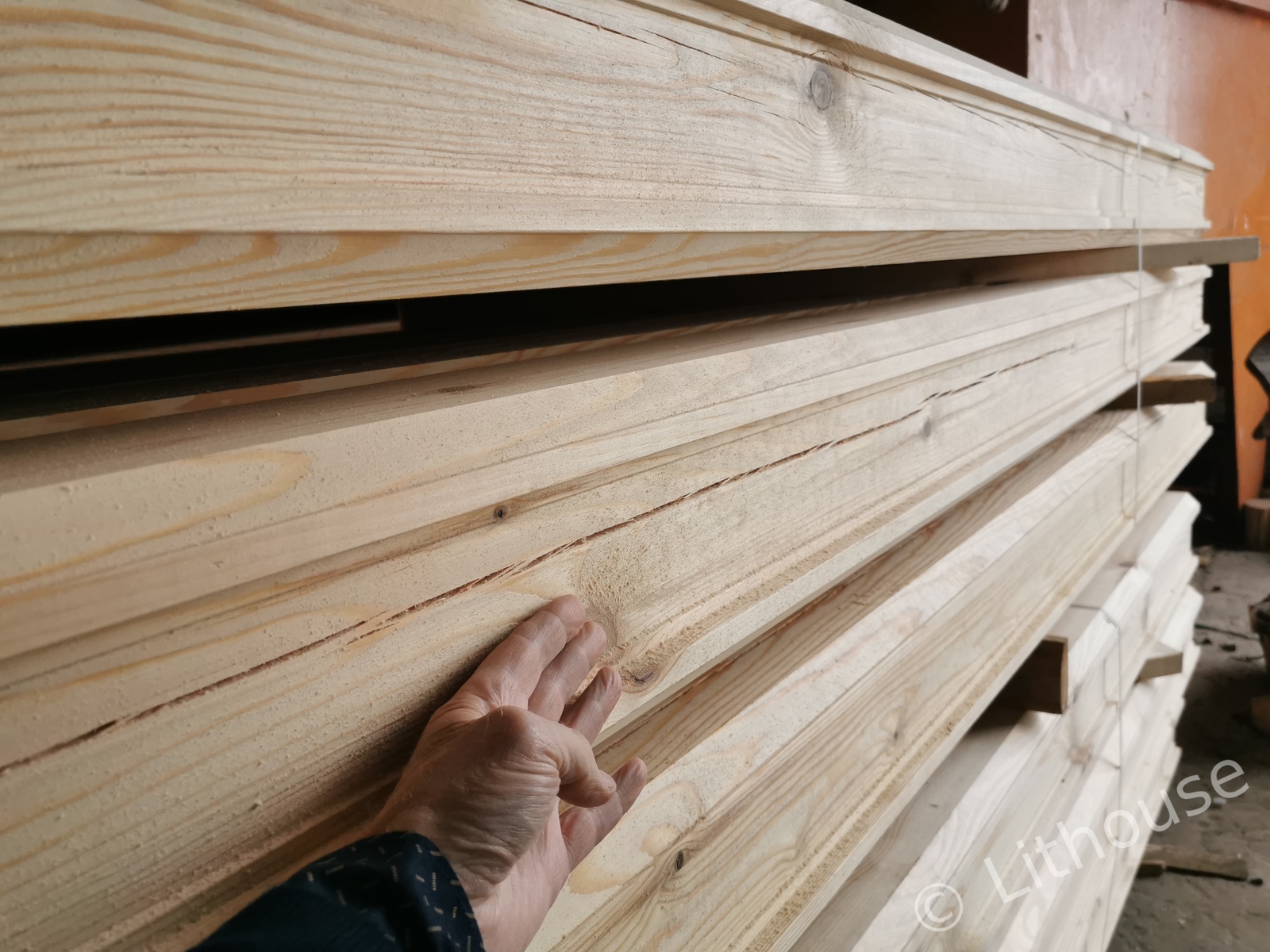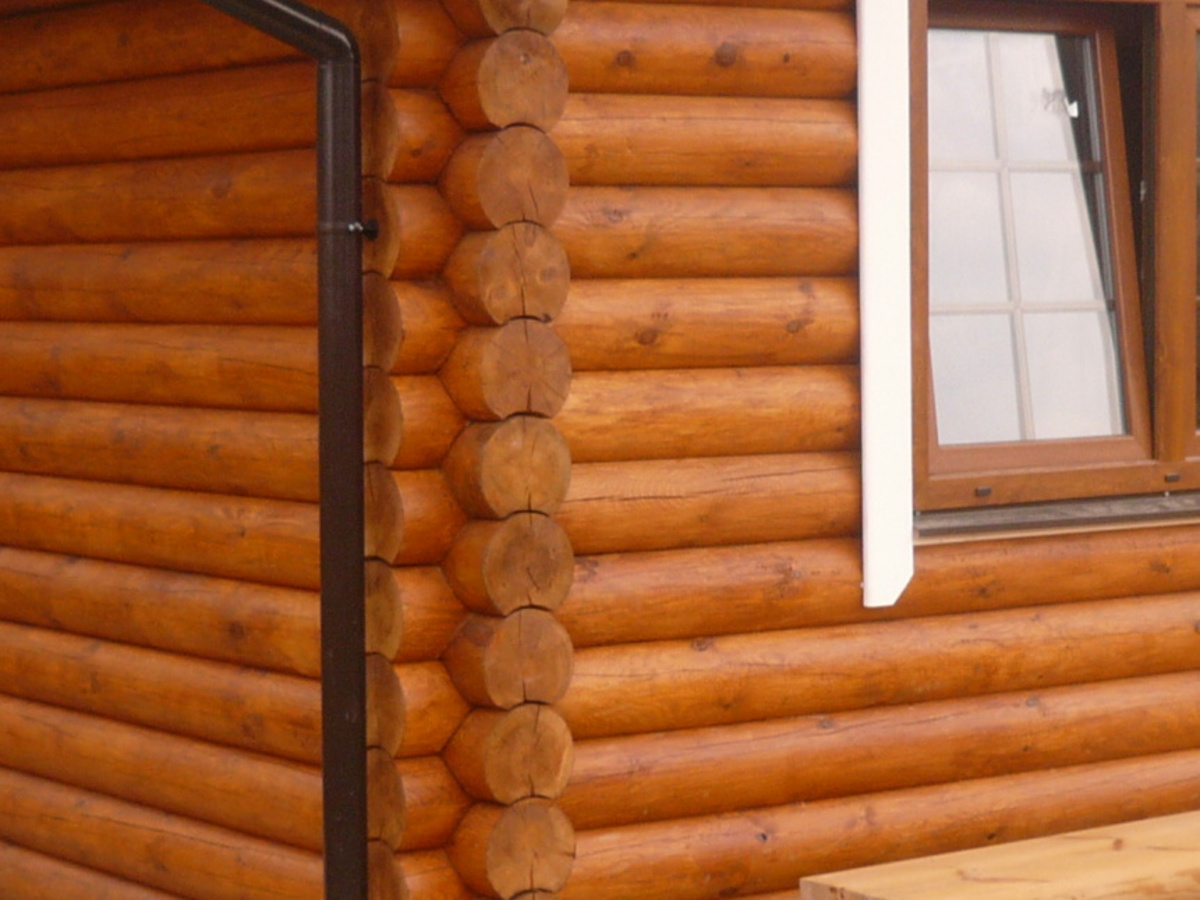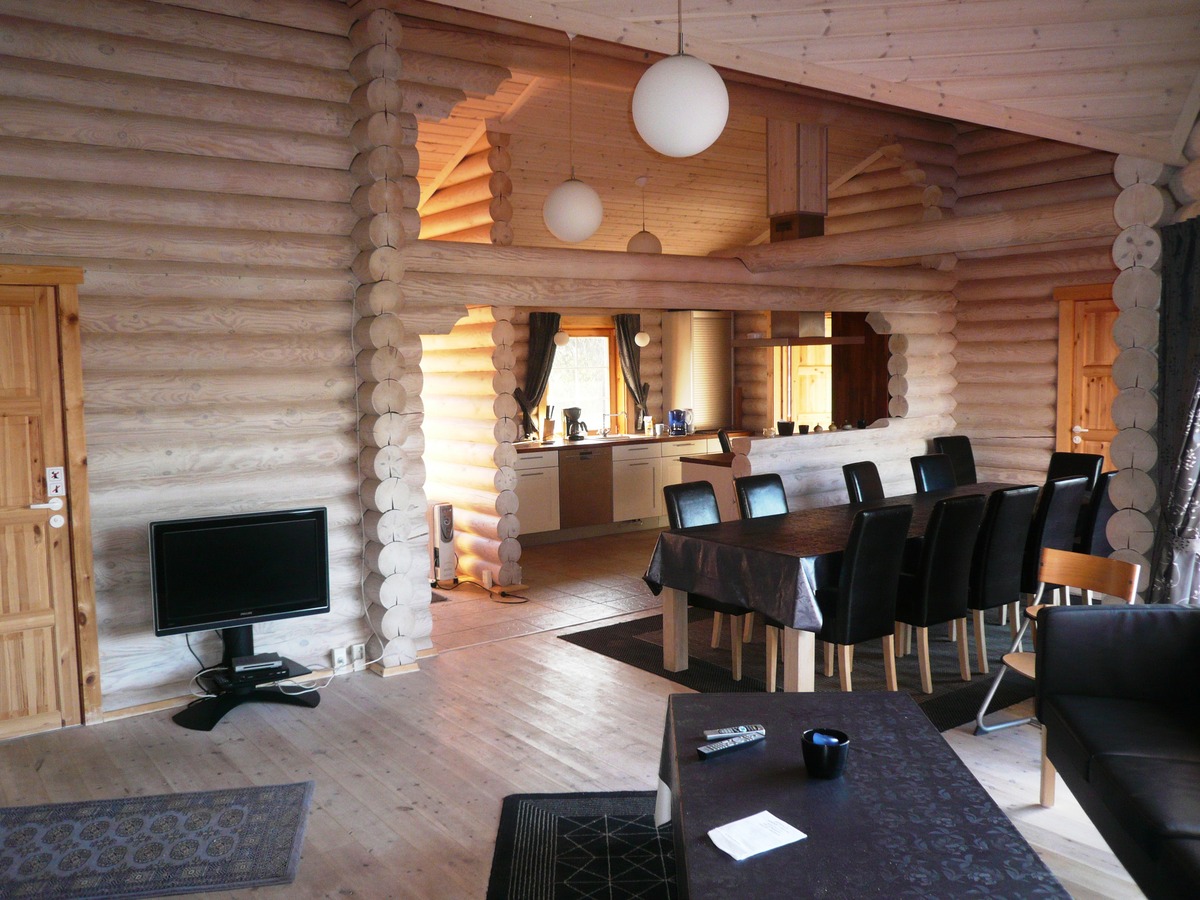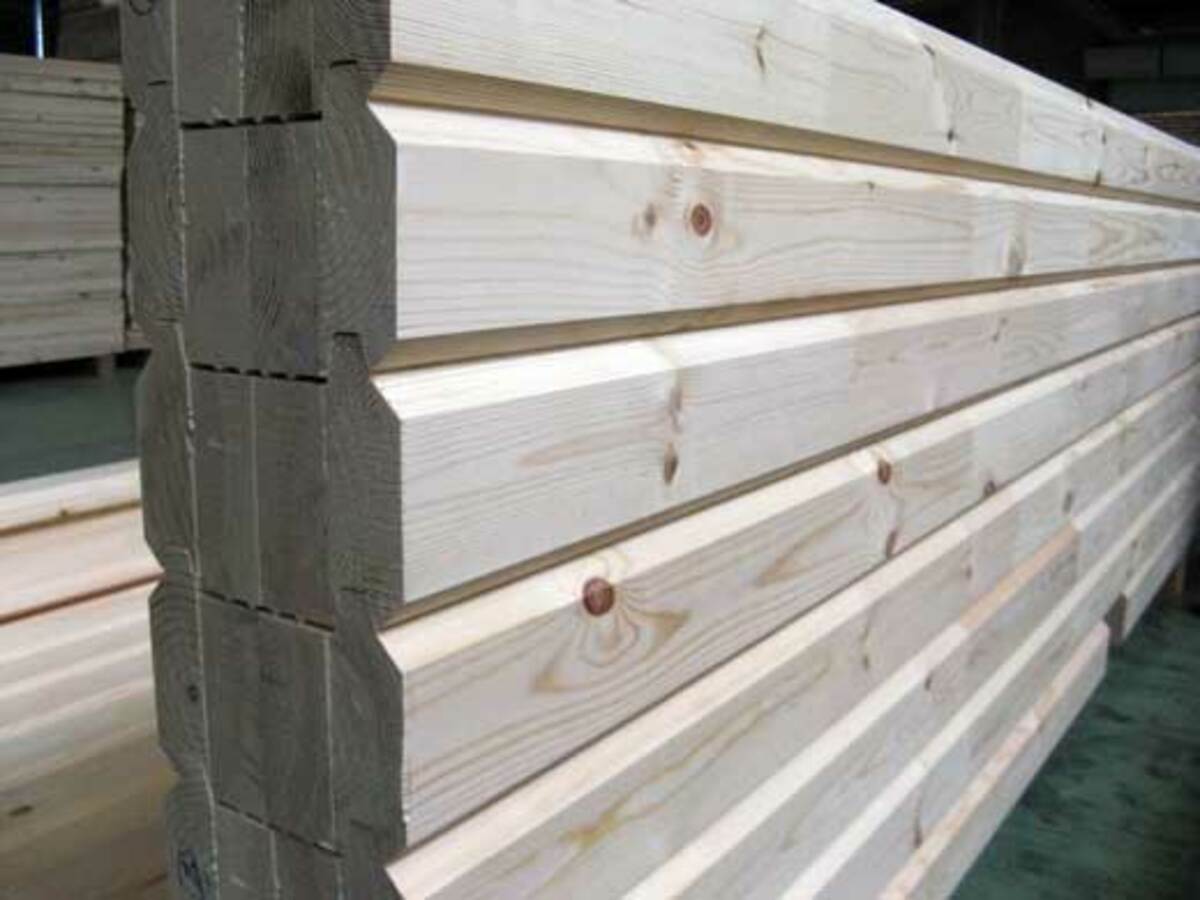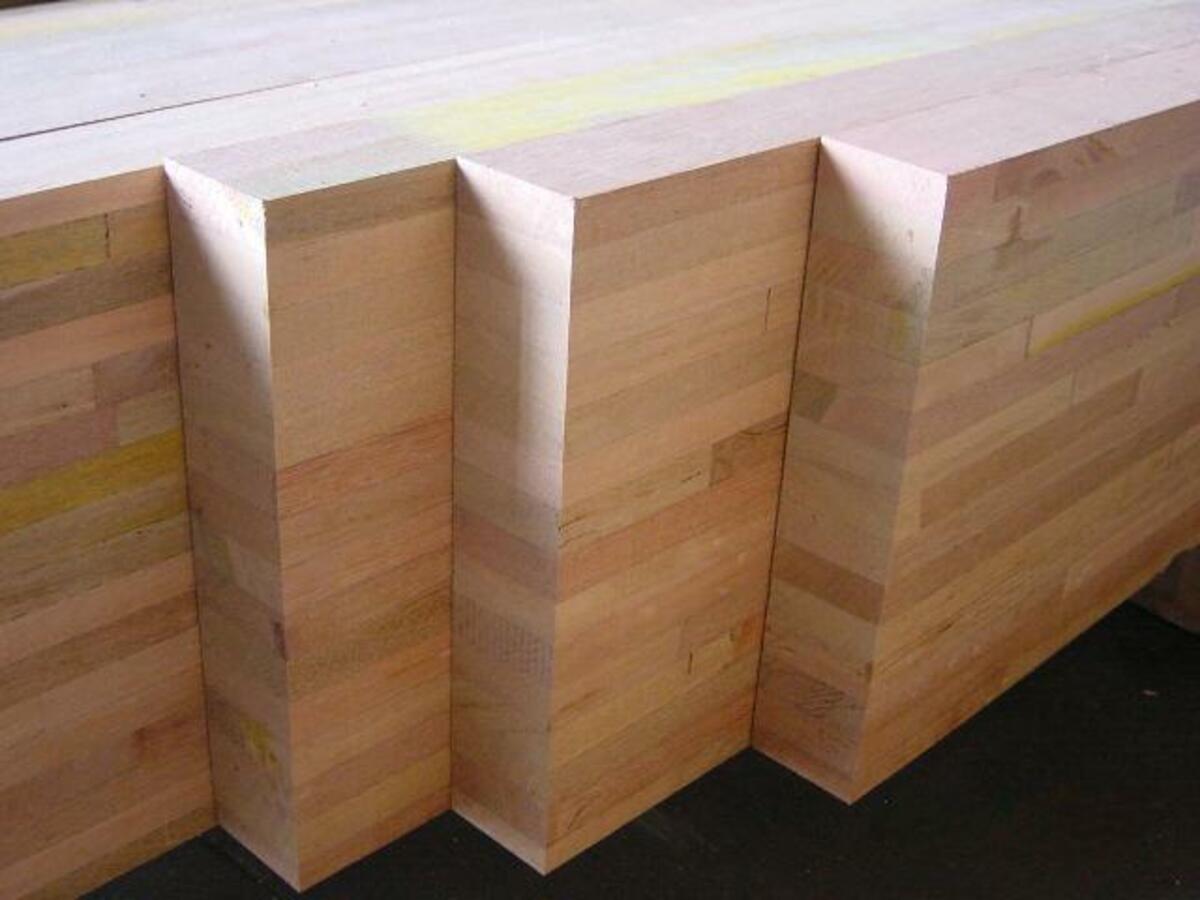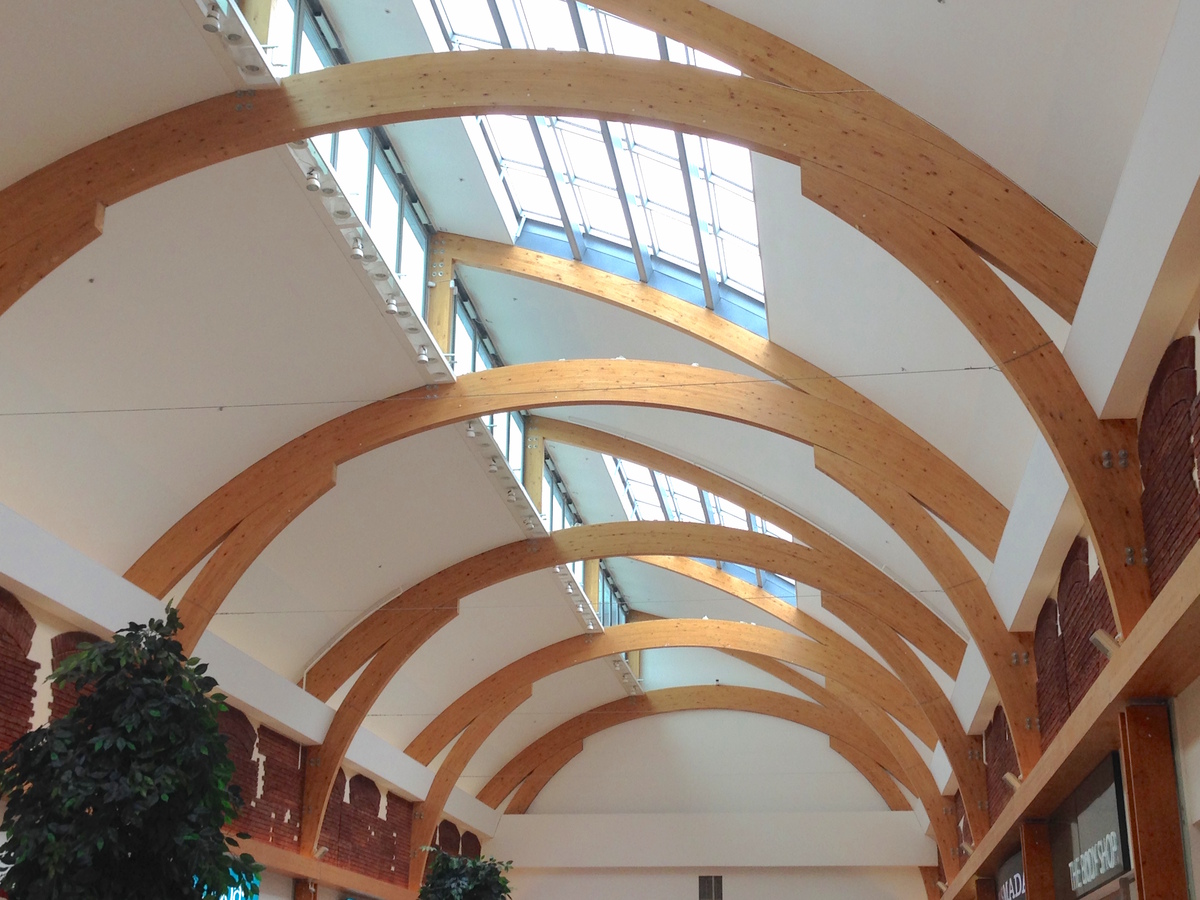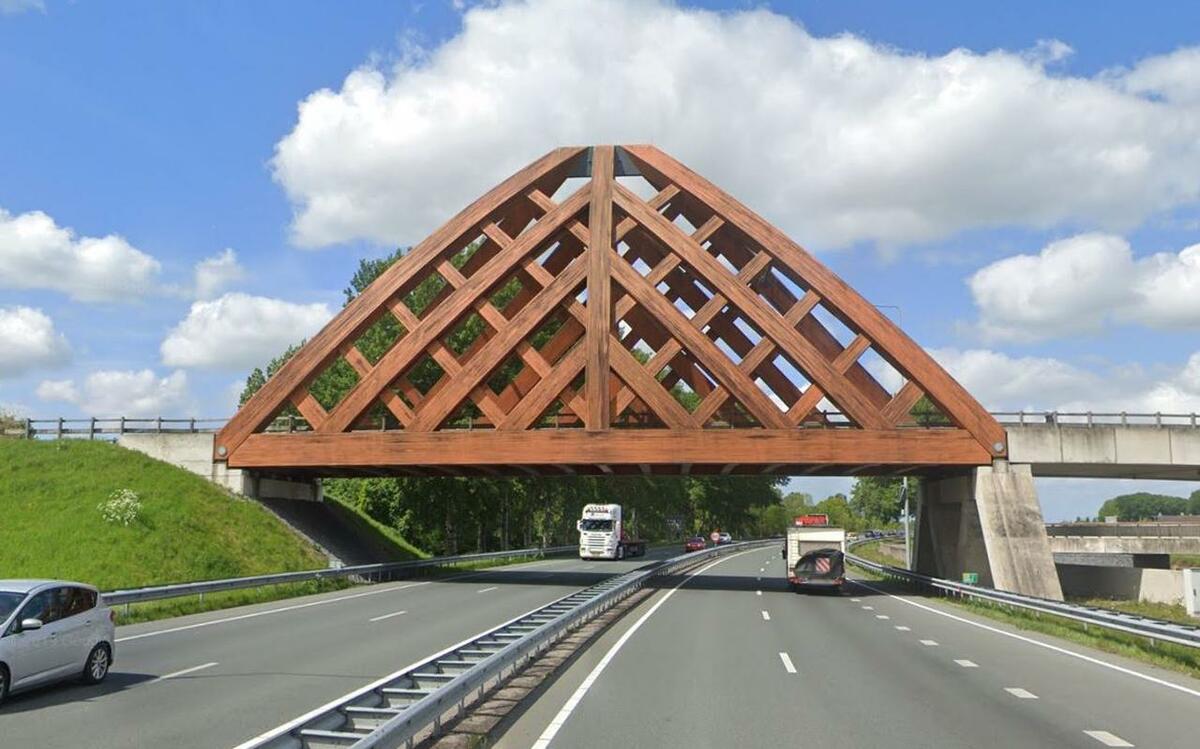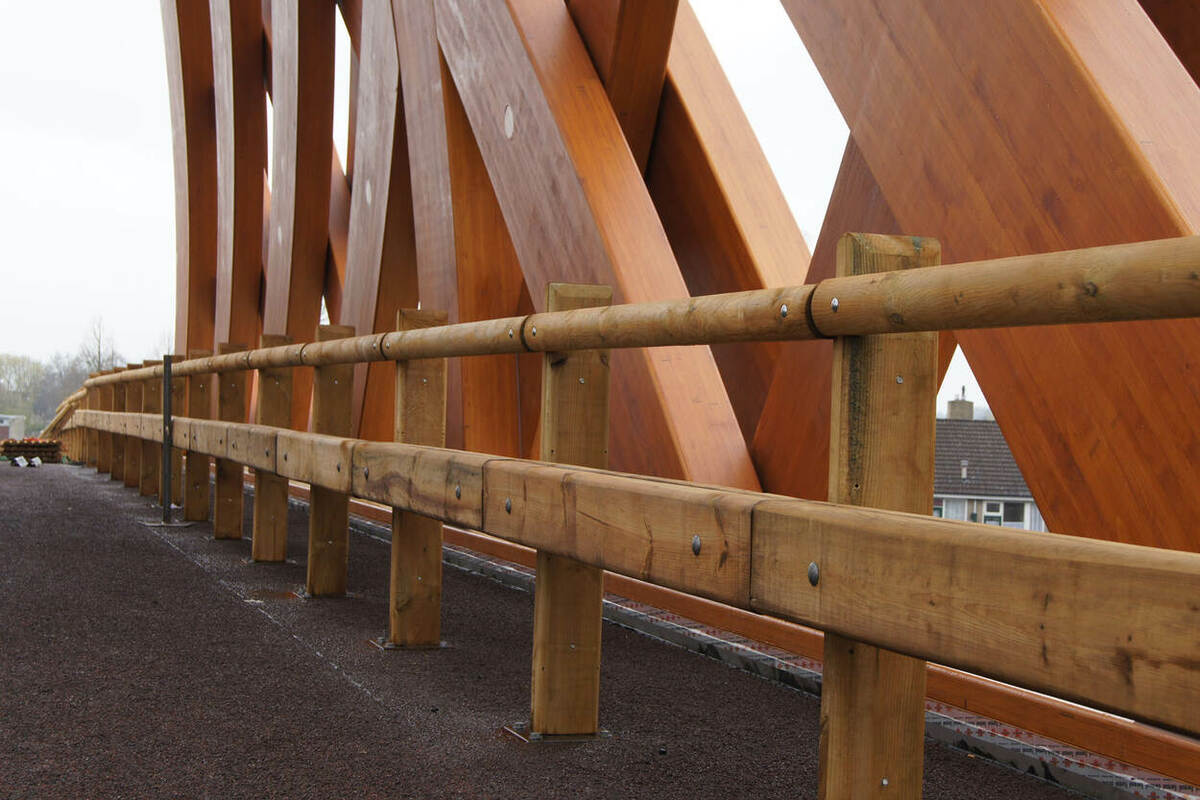Wooden logs and cracks
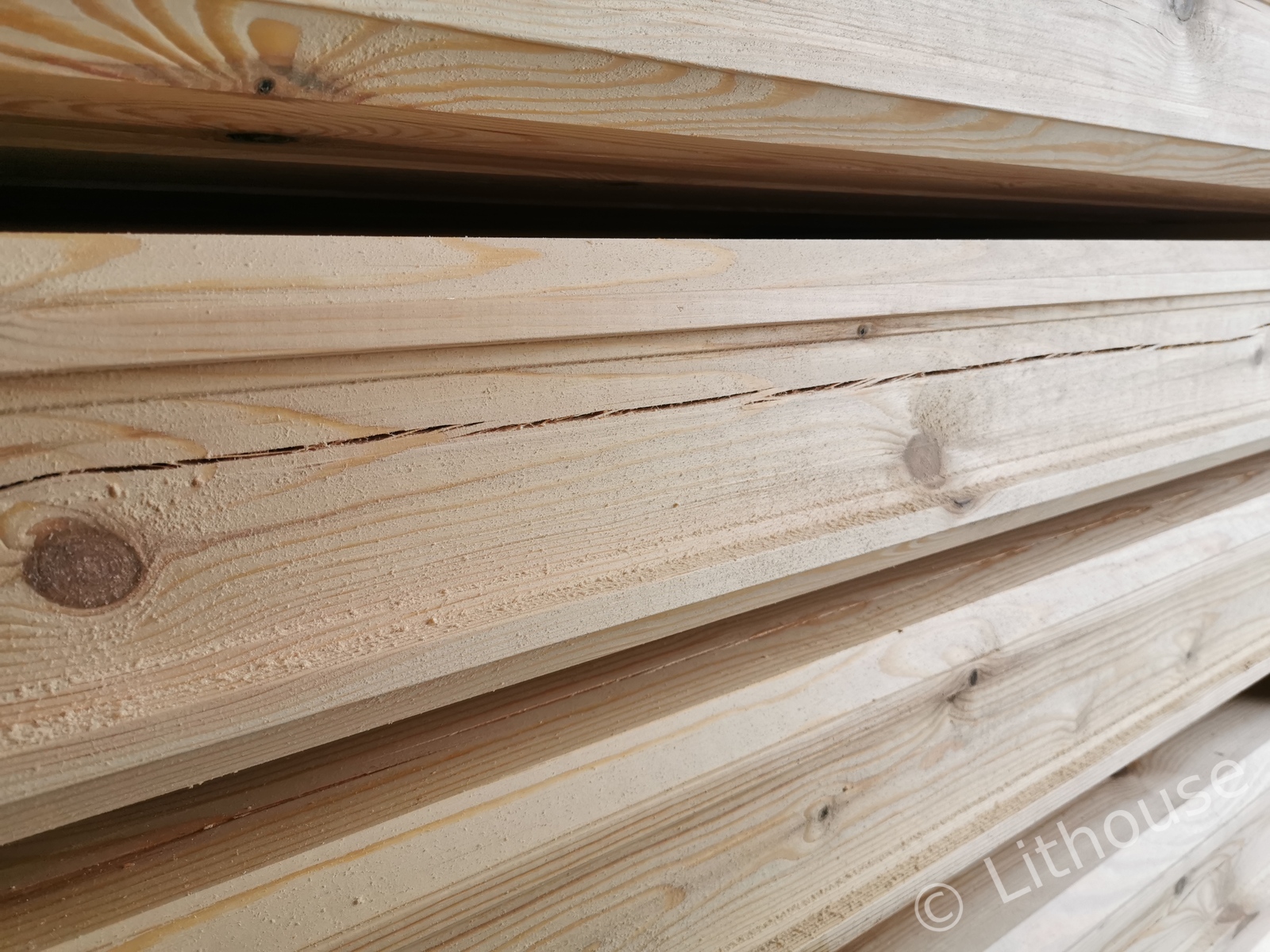
Log houses and cracks
Log houses are built from wooden logs, that is: solid or laminated wooden beams, from eight centimeters thick upto thirty centimeters thick. We usually build our walls twelve or sixteen centimeters thick. Twelve is more than enough for a two-level house, but if you got money to spare then sixteen or twenty centimeters just looks nice. Otherwise there is little difference.
But what about cracks?
Yes, solid wooden logs do crack (laminated logs do not!). That is all because of the drying process. If you take your time and dry the logs very very slowly, you might be able to dry a log with minimal cracks. But it takes time. No cracks is practically impossible.
And of course, time is money and nobody wants to wait three years for a log to fully dry so the standard procedure is to force-dry the logs in an oven and yes, then you get cracks.
Are cracks a bad thing? Depends. Cracks on the outside are not so good, because over time dirt and dust will fill the cracks, and the wood can start to rot. So cracks on the outside you always try to avoid, and if there are any cracks they are usually caulked to keep the weather and dirt away.
Cracks on the bottom are ok. In the pictures above and below this paragraph you can see how all cracks are on the bottom of the logs. These are round logs, and this is what you often see in log houses that are built from round non-laminated half-dried wood. It is very traditional way of building log houses, and you can still see walls like this in Norway, and in Russia and Ukraine. We do not build with round logs.
Cracks on the inside are just a visual thing. Some people like cracks as they give the house a natural look and feel, and others are worried that spiders may live in the cracks. Whatever, we like cracks, on the bottom or on the inside, we like them because they are natrual and eco and all that, but in West Europe we must follow the market and that means: no cracks please.
Solution
So how to prevent cracks? Well actually that is quite easy: laminate. Just cut the logs into planks, dry the planks (and since the planks are only thirty of fourty millimeters thick, you don’t have to wait three years and you will not develop cracks), and afterwards you glue the planks together again. Presto: a fully dried log, and no or minimal cracks.
Here some photos of laminated wood, you should clearly see the three or four segments, glued together into one solid log.
This lamination process has an extra advantage. You can glue the planks together “back to back” so that the logs will stay straight. Actually as a result laminated wooden logs have building characteristics much like masonry bricks: they don’t bend or warp and they hardly shrink.
Other Advantages
And there are more advantages to lamination. For instance, by laminating you can create beams that are 60 x 30 centimeters, twelve meters long. For sure you could find a tree somewhere in the forest that would let you cut 60 x 30 x 1200, but it would cost a fortune.
And in case you are worried about the strength of the laminated wood: a bit off-topic here, but if you would want to build a wooden roof structure (above) or a wooden bridge, forget about non-laminated wood: laminating is the way to go. This here is the bridge over the A9 near Sneek in The Netherlands. Super strong, all laminated wood.
Again about these round logs
As explained in this post we build our house from square, laminated logs, twelve or sixteen centimeters wide. Does that mean we don’t use round logs? Indeed, we don’t, because:
-
it is not cheap. It may look simple, but this is all handmade by specialists, and it comes at a price. Also it is more difficult, thus more costly, to insulate and add gypsum and tiles in wet rooms. It is all doable, but not cheap.
-
you may have difficulties getting a building permit if you want to build in a city or a village. Many municipalities, especially in The Netherlands and also in France, don’t like the idea of a ski-hut in an urban environment.
-
and finally: shrinking. When we build from our standard laminated square logs, your house will shrink maybe 1% in height. Doesn’t sound like a lot, but if your highest wall is at 9 meters, that means the roof will come down 9 centimeters, and we must take special precautions for rain gutter down pipes and toilet exit pipes.
But if you build from semi-dried round logs, the shrinking won’t stop at 9 centimeters, your house may shrink 20 centimeters or more. Now it gets complicated. Will you measure and install the staircase, knowing that the second floor still will come down? In Russia they just wait another years before installing the staircase, but in the west nobody has time for that.
In order words, non-dried round logs are a nice product, very eco, rugged, simple and solid. But in West-Europe we think we should use laminated square logs.
To sum it all up:
- if you don’t like cracks, laminated wood is the way to go,
- if you don’t mind a crack here and there, we can build from non-laminated wood. No cutting, no gluing, just raw nature,
- and if you want round logs, you must find another contractor. We can help you with that.

